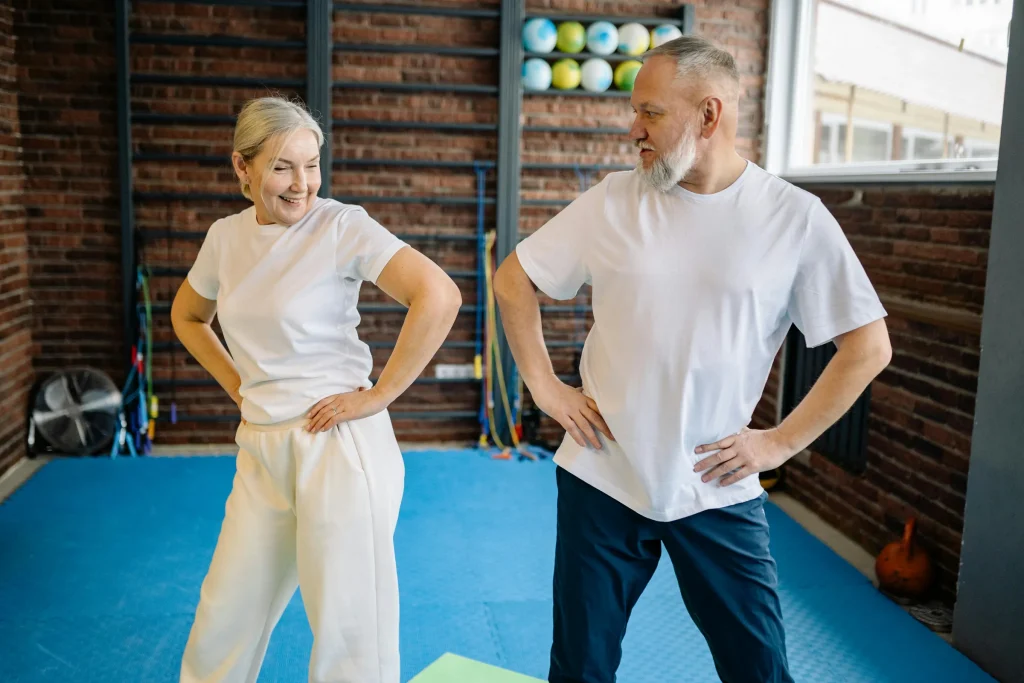As you age, you gradually lose muscle mass. The result: Your muscles weaken. By keeping them strong, though, you can slow down this natural part of aging. A recent study suggests you may even add years to your life.
A strong link
In Preventive Medicine, a group of researchers studied whether strength training regularly may help a person live longer. They looked at the health of more than 30,000 older adults. These adults participated in an annual national survey. Every year the government asks a sample of U.S. adults about their health and lifestyle habits.
For their study, the researchers focused on one specific question from the survey. It asks how often a person does exercises to keep his or her muscles strong. Only around 1 in 10 of the older adults reported following what experts recommend. That means they lifted weights or did other muscle-building activities 2 or more times a week.
Over a 15-year period, older adults who regularly strength trained were 45% less likely to die than those who didn’t. In fact, their risk of death from heart disease was 41% lower. From cancer, it was 19% less. This link remained ever after the researchers considered the influence of other factors, such as age, overall health, and smoking status.
Why muscle matters
Any type of physical activity is good for your health. Strength training, in particular, may help you stay active longer. It can prevent bone loss, or osteoporosis. That may protect you from a fall or a serious injury if you do fall. What’s more, stronger muscles may help people with a chronic condition, such as heart disease or arthritis, live better.
If you want in on these benefits of strength training, the following tips can help you get started:
- Talk with your healthcare provider first. He or she may suggest certain activities that are best for you based on your overall health.
- Choose one or two exercises for each of the 6 major muscle groups. Your routine should focus on your chest, shoulders, arms, back, abdomen, and legs.
- Try using your own body weight. Heavy weights aren’t needed for strength training. Resistance exercises, such as pushups or lunges, work, too. But you may want to add weights later for more of a challenge.
- Schedule some days off. Your muscles need time to recover. So it’s best to fit in a day or two of rest between each strength-training session.
- Aim for 8 to 10 repetitions, or reps, for each exercise you do. For example, to strengthen your chest, you can do one set of 8 to 10 pushups. You may want to add more sets as you grow stronger.
- Focus on your form. When lifting weights, in particular, keep your movements slow and steady. And remember to breathe.
- Mix in some aerobic activity. The more physically active you are the better. Along with 2 sessions of strength training a week, experts also recommend at least 150 minutes of moderate aerobic activity like brisk walking.









